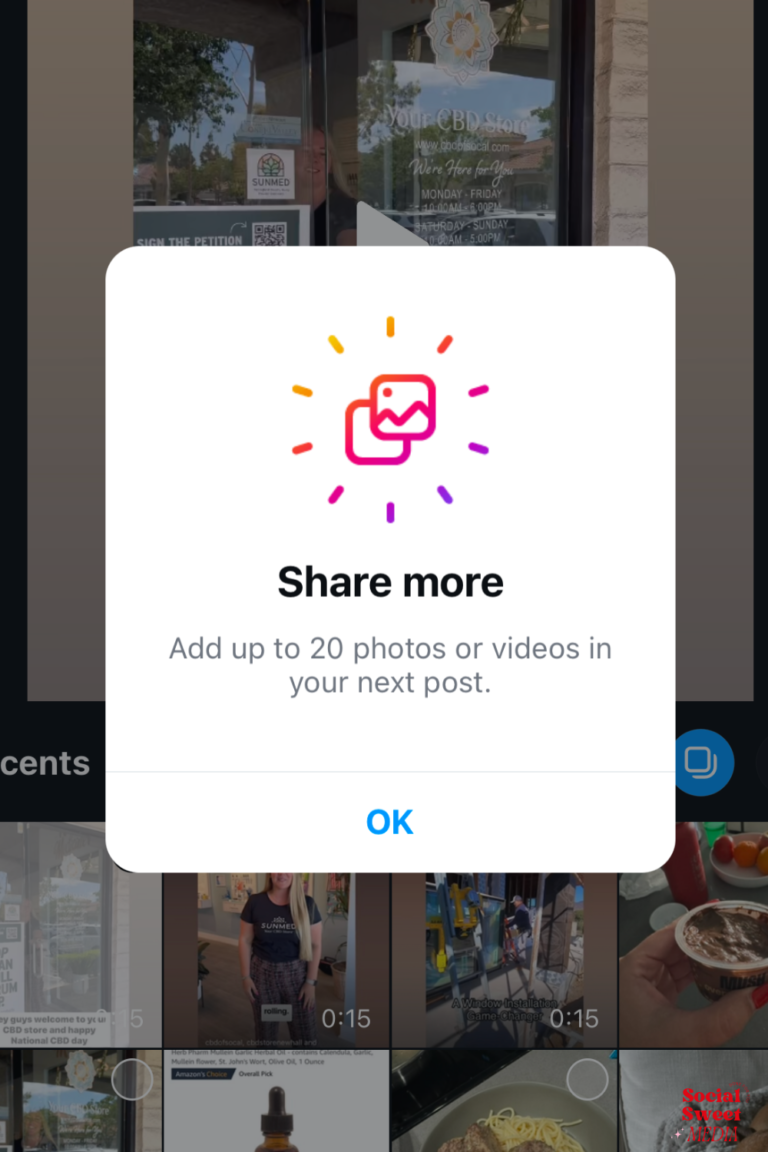Try this detailed Instagram Story Strategy Outline
Creating a comprehensive Instagram story strategy involves several key steps to ensure engagement, consistency, and relevance. Here’s a detailed outline:
Set Goals and Objectives:
- Define what you aim to achieve with your Instagram stories. This could include increasing brand awareness, driving website traffic, promoting new products or services, or fostering community engagement.
Identify Themes and Content Pillars:
- Determine the main themes or content pillars you’ll focus on throughout the months. These could align with seasonal events, holidays, or specific campaigns your brand is running.
Content Calendar:
- Create a content calendar outlining the stories you’ll post each day. Consider the optimal times for posting based on your audience insights.
Engagement Strategy:
- Plan interactive elements to boost engagement, such as polls, quizzes, Q&A sessions, or “Swipe Up” links to direct traffic to your website or landing pages.
User-Generated Content (UGC):
- Incorporate UGC into your stories to showcase your community and foster a sense of belonging. Encourage followers to tag your brand or use a specific hashtag for a chance to be featured.
Behind-the-Scenes Content:
- Offer glimpses into your brand’s behind-the-scenes operations, whether it’s product development, team meetings, or office culture. This helps humanize your brand and build rapport with your audience.
Educational Content:
- Share valuable tips, tutorials, or how-to guides related to your industry or niche. Position your brand as a trusted source of knowledge and expertise.

Story Highlights:
- Curate and organize your best stories into Highlights on your profile. Consider creating new Highlights or updating existing ones to keep your profile fresh and relevant.
Consistent Branding:
- Maintain a consistent aesthetic and tone of voice across all your stories to reinforce your brand identity. Use branded graphics, fonts, and colors to create a cohesive look.
Collaborations and Takeovers:
- Partner with influencers, brand ambassadors, or other businesses for collaborations or story takeovers. This exposes your brand to new audiences and adds variety to your content.
Promotional Content:
- Strategically promote your products or services, but avoid being overly promotional. Focus on providing value to your audience and showcasing how your offerings can benefit them.
Analytics and Optimization:
- Regularly monitor your Instagram Insights to track the performance of your stories. Identify which types of content resonate most with your audience and adjust your strategy accordingly.
Adaptation and Flexibility:
- Remain adaptable and flexible to respond to current events or trends that may arise throughout the month. Be prepared to pivot your content strategy if necessary to stay relevant.
By following this comprehensive Instagram story strategy outline, you can effectively engage your audience, strengthen your brand presence, and achieve your marketing objectives in the coming months.











